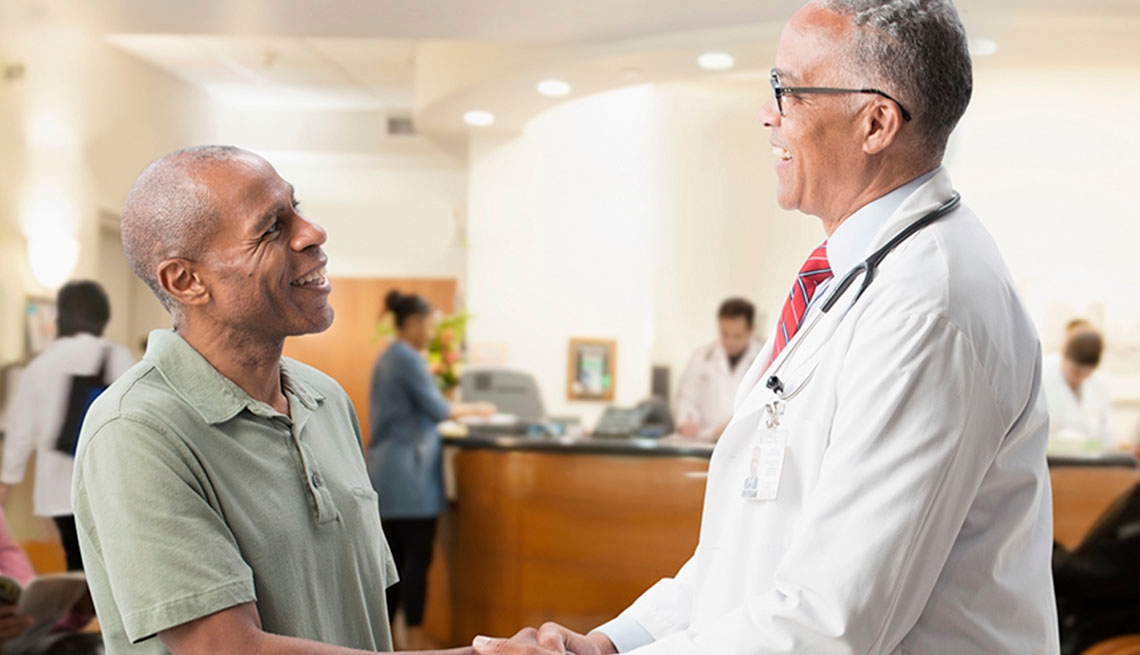
- Select a language for the TTS:
- UK English Female
- UK English Male
- US English Female
- US English Male
- Australian Female
- Australian Male
- Language selected: (auto detect) - EN
Play all audios:
COUPLE DISCOVER THE BENEFITS OF WADING SINCE MOVING FROM THE UK TO THE FRENCH COASTAL TOWN OF SOULAC-SUR-MER Gabriele Avery, 67, and her partner Jean-Maurice Vaginay, 77, first took up sea
wading (longe-côte) after moving to France in 2020. The couple have never looked back. Gabriele shares the myriad of social and physical health benefits to be gained from this aqua-aerobic
activity. "We live just 10 minutes from the ocean in Soulac-sur-Mer (Gironde). Before that, we lived near Kingston in the UK where I was a yoga teacher and complementary scientist at St
George's Hospital. I had never heard of sea-wading but when we arrived in France, Jean-Maurice's physiotherapist suggested it, so we called a woman called Valérie who organises
the local club. We were immediately hooked. It is like aquatic walking. You wade into deep water which comes up to somewhere between the navel and the armpits. You bend the front knee and
push forward, and you use your arms like little pedals to move forward. The weight of the water provides resistance while supporting the joints. When we joined the association we did
medicals at the GP and bought insurance. Our doctor was very positive and said it would strengthen the heart. And doing it in a group is more interesting and fun than exercising alone. I
am the only English person in the group – all the others are French but they are all ages, sizes and shapes. Being part of the group is a motivation to keep going and not give up. FITNESS
AND STRENGTH Sea-wading has absolutely improved my fitness and strength. When I went in during February, the sea was only 10C but I was not too cold because of my wetsuit. A thin layer of
water gets trapped between the suit and your skin and it warms up quite fast. Each session lasts around an hour, or an hour-and-a-half. At first, I had to stop after 45 minutes and it was
really hard to get out of the wetsuit. Nevertheless, I found it invigorating and life-affirming. Jean-Maurice was on asthma medication when we arrived here, and now he does not need it at
all and his lung capacity has really increased. His heart is better too. His palpitations are much rarer these days. Sea-wading has also enabled us to integrate and meet new friends in
Soulac and has really helped with my French. Read also: ‘I hit rock bottom, learned to swim and then swam the Channel’ COMPETITIONS Some of the members compete against other clubs and
even win medals but I just want to go at my own pace. We learned some basic safety rules at the beginning and obviously it is good to be able to swim, even though we do not go very deep.
Someone in the group always checks the weather forecast and the sea conditions to make sure that it is safe. We stay in eye and voice contact just in case anything happens. This is much
safer than trying it alone. I do not know what Jean-Maurice's physiotherapist thinks of our progress, because Jean-Maurice isn't seeing his kiné any more!" Read also:
Interview: Sailor Sam Goodchild prepares for Vendée Globe round-world solo race BENEFITS AND HOW TO GET INVOLVED Longe-côte was invented in Dunkirk in 2005 by rowing instructor Thomas
Wallyn, who wanted an exercise that would give the whole body a workout. It improves aerobic capacity, strength, stamina and balance. In winter, the cold water helps circulation and is also
said to massage the body, improving the appearance of cellulite. Before undertaking any new sporting activity it is recommended to check with your GP that it is suitable for you. The
Fédération Française de la Randonnée Pédestre has information and advice on sea-wading (in English and in French). Sea-wading can also be done in large lakes and rivers. It should always be
practised in a properly supervised group. You need a wetsuit, wading shoes and gloves to do it year round. This costs approximately €200 per person.










